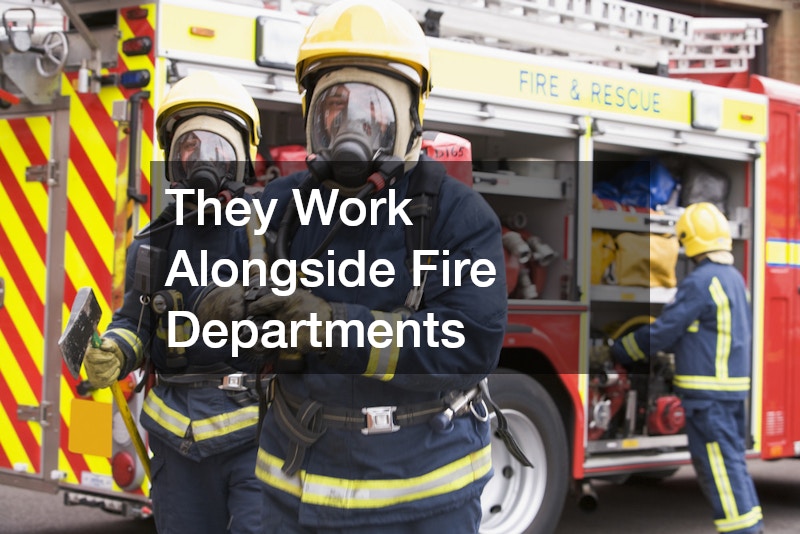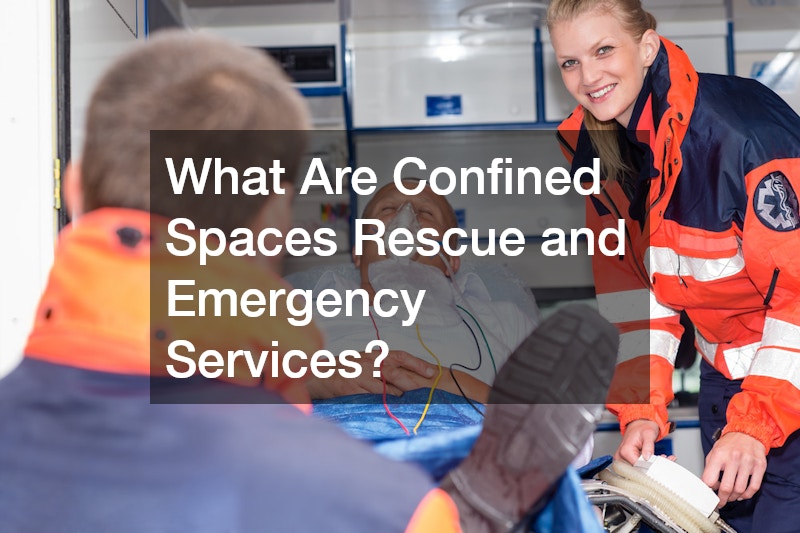
Confined spaces rescue and emergency services are specialized operations designed to extract individuals from confined areas that present serious health and safety risks. These spaces are typically enclosed or partially enclosed environments with limited entry or exit points, making them difficult to access. Examples include tanks, silos, storage bins, sewers, underground vaults, and pipelines. The hazards within these spaces—such as limited oxygen, toxic gases, or unstable structures—demand specialized equipment and highly trained rescue teams to safely remove trapped individuals.
The Importance of Confined Space Rescue
Confined spaces are inherently dangerous because of their design, restricted airflow, and the potential presence of hazardous substances. According to the Occupational Safety and Health Administration (OSHA), confined spaces may have the potential to cause fatalities, injuries, or illnesses, particularly due to oxygen deficiency, explosive atmospheres, or entrapment risks.
A trained rescue team is crucial because entering these spaces without proper precautions could put untrained personnel at serious risk. Therefore, confined spaces rescue and emergency services exist to handle these dangerous situations effectively.
Types of Hazards in Confined Spaces
Confined spaces pose numerous risks, from oxygen depletion to toxic chemicals. One of the most critical hazards is atmospheric danger, which includes inadequate oxygen levels, hazardous vapors, or explosive gases. Another common risk is entrapment or suffocation due to the design or materials within the space, such as machinery, grain, or water. Structural instability can also occur, putting workers at risk of being crushed or injured by falling objects.
These hazards mean that not only the trapped individuals but also rescuers are at risk during an emergency. That’s why confined spaces rescue teams are equipped with protective gear, oxygen tanks, gas detectors, and communication tools to ensure the safety of both the rescuers and the victims.
The Role of Confined Spaces Rescue Teams
Confined spaces rescue teams are trained to assess, plan, and execute rescue missions in these dangerous environments. Their role involves a detailed assessment of the space to determine potential risks and the safest way to perform the rescue. Rescue teams often work alongside fire departments, hazmat units, and medical personnel to ensure a coordinated approach. They use specialized tools like winches, hoists, and breathing apparatus to retrieve individuals safely.
Training for confined spaces rescue teams includes understanding the environment, potential hazards, and rescue techniques. Teams must stay updated on safety protocols and best practices to execute rescues efficiently and minimize harm.
Watch the video above to learn more about 24/7 confined space entry & rescue services in Houston, TX! .

